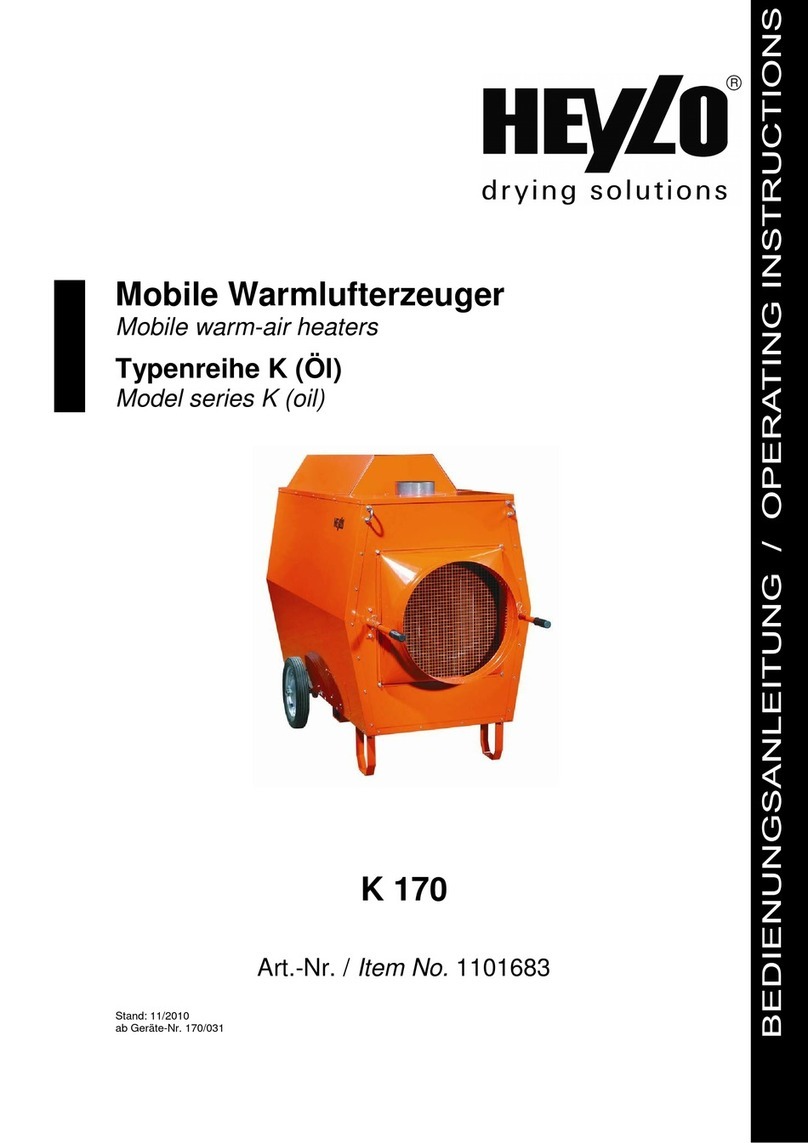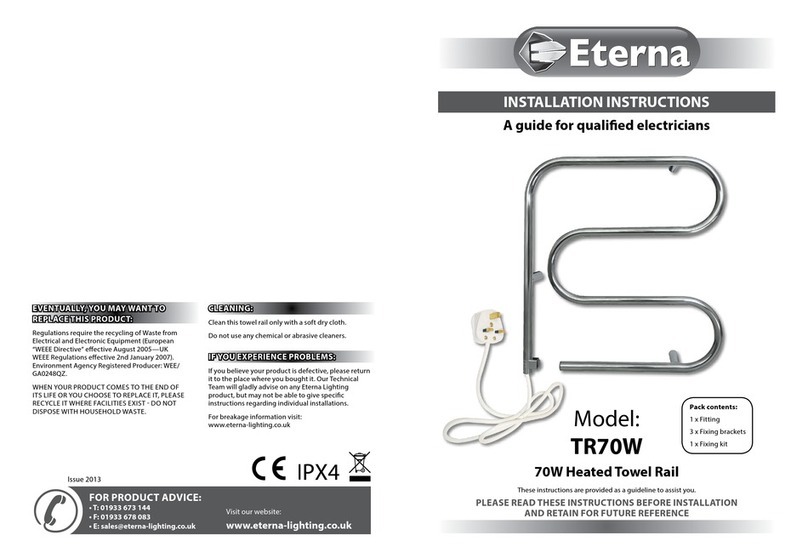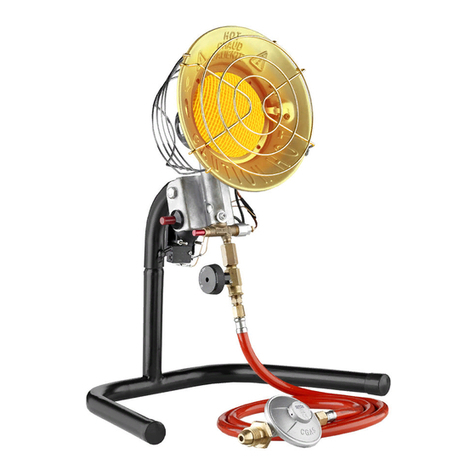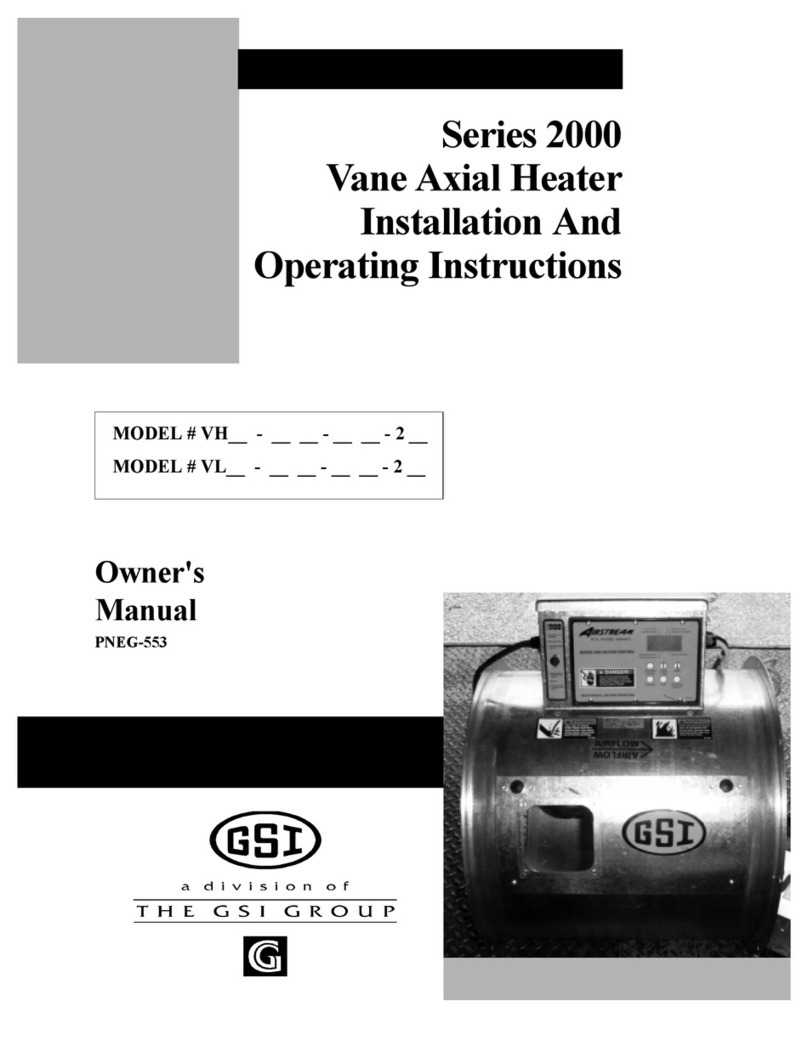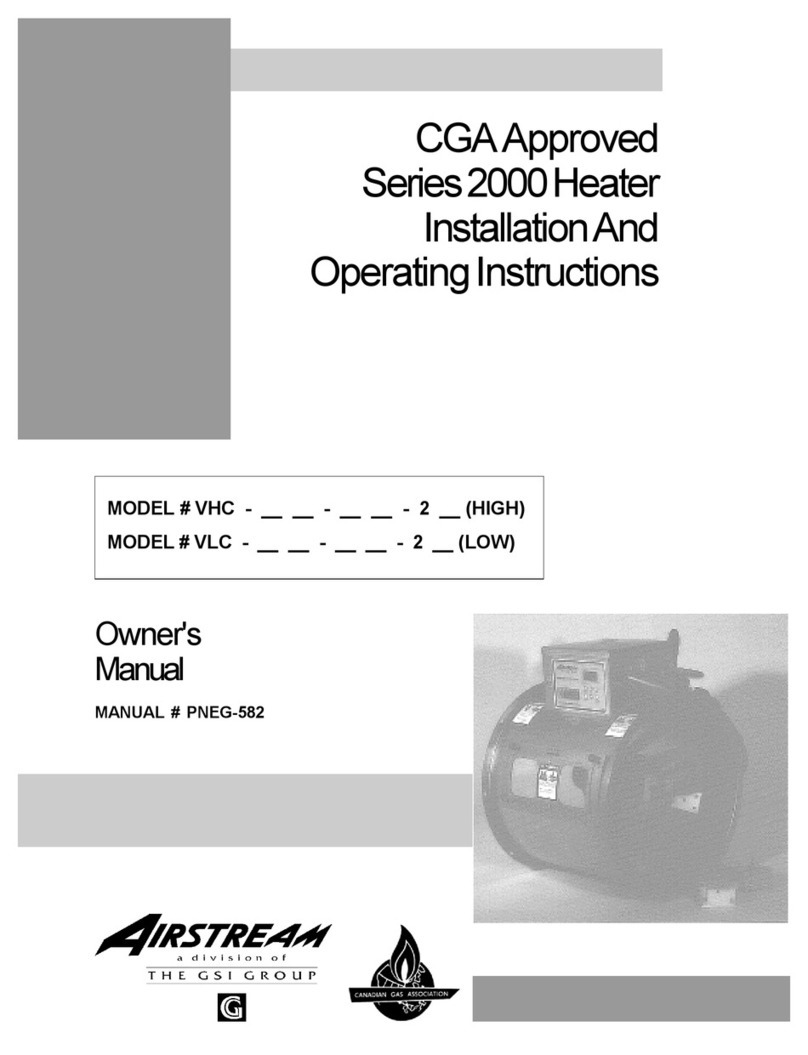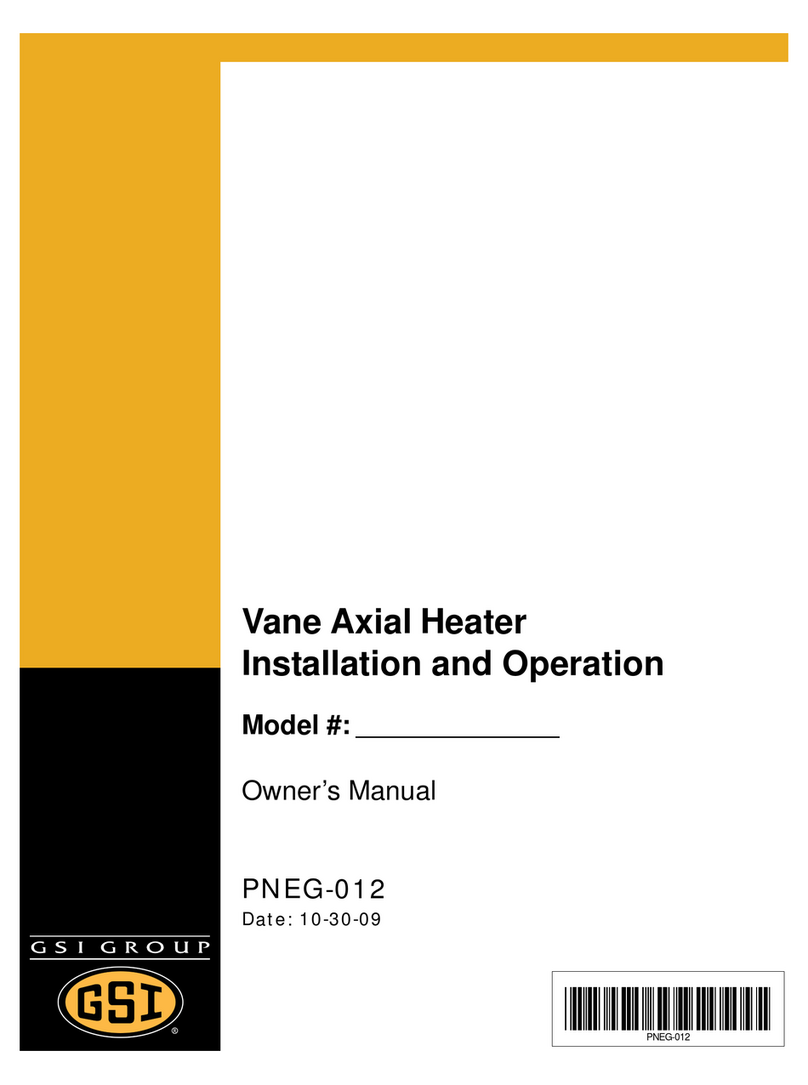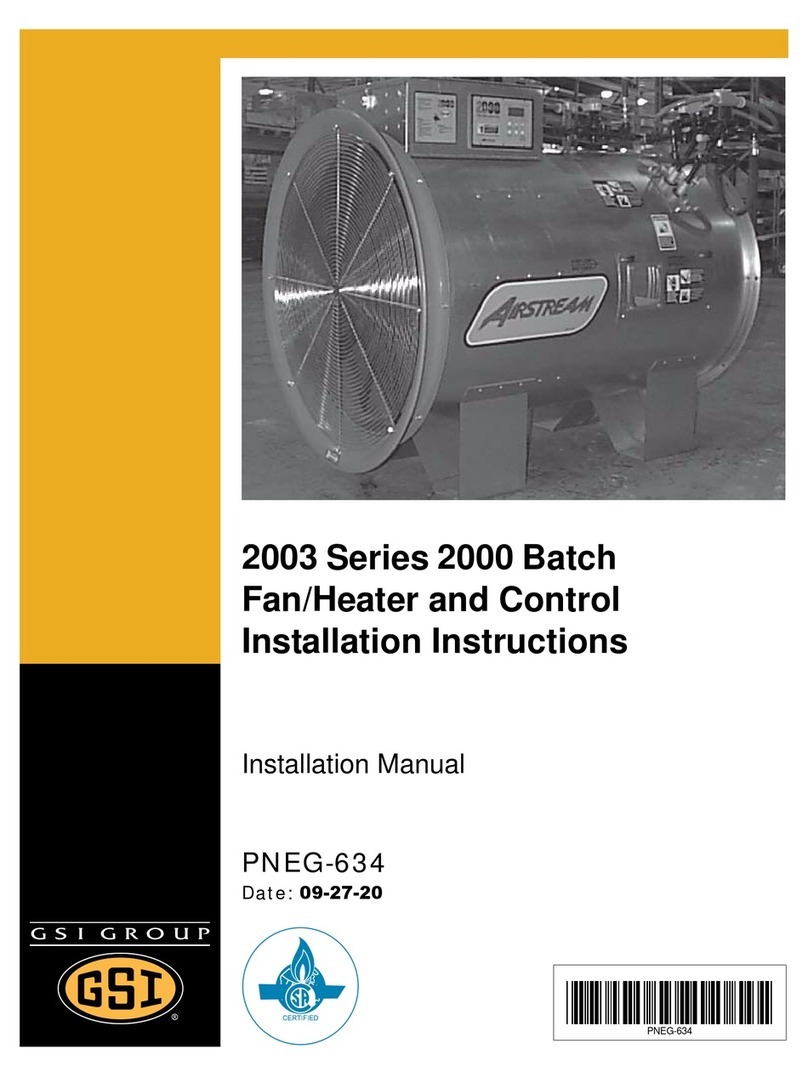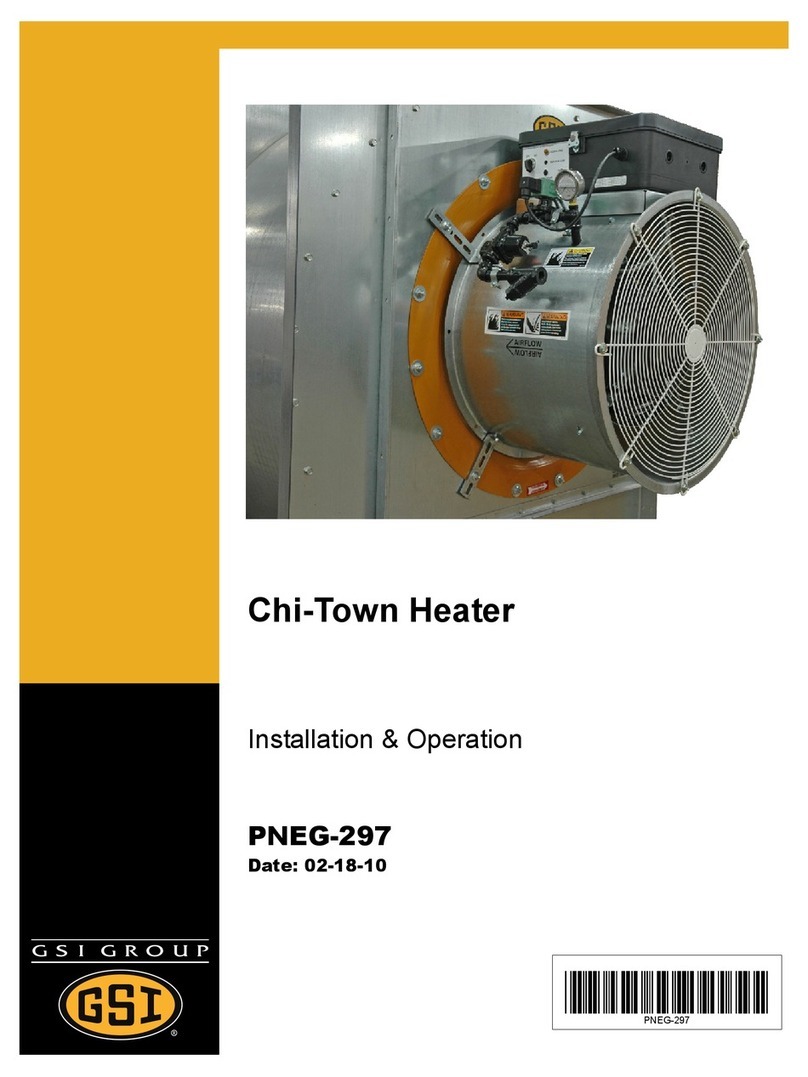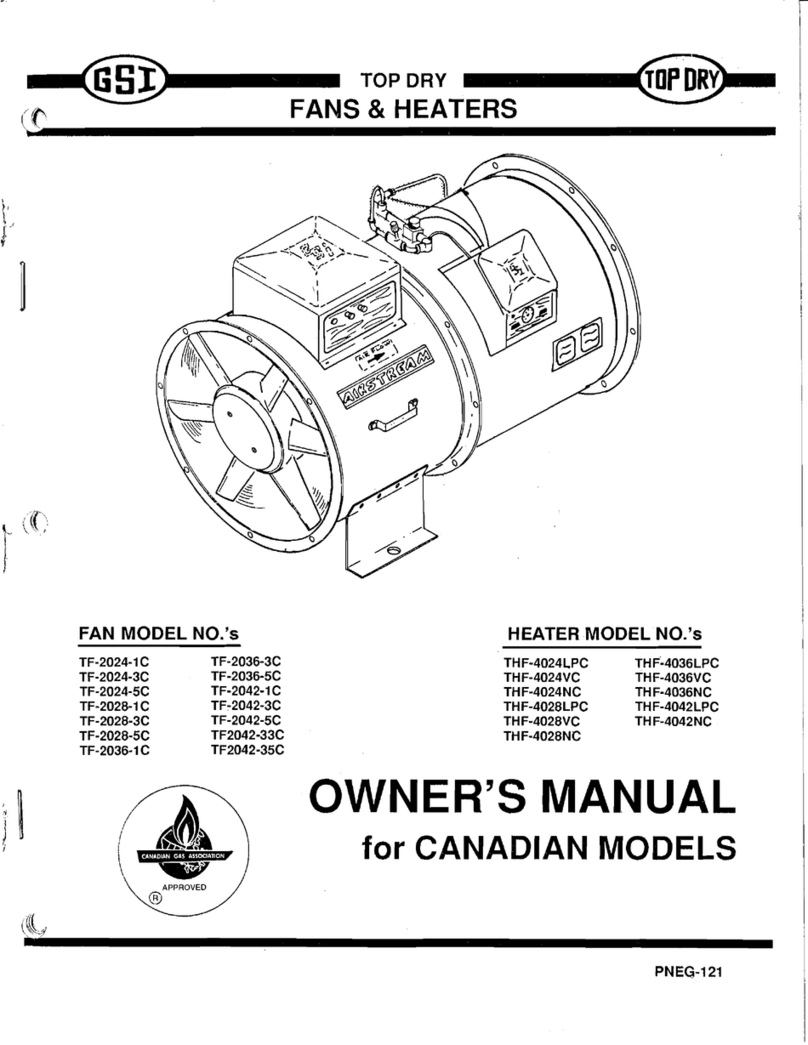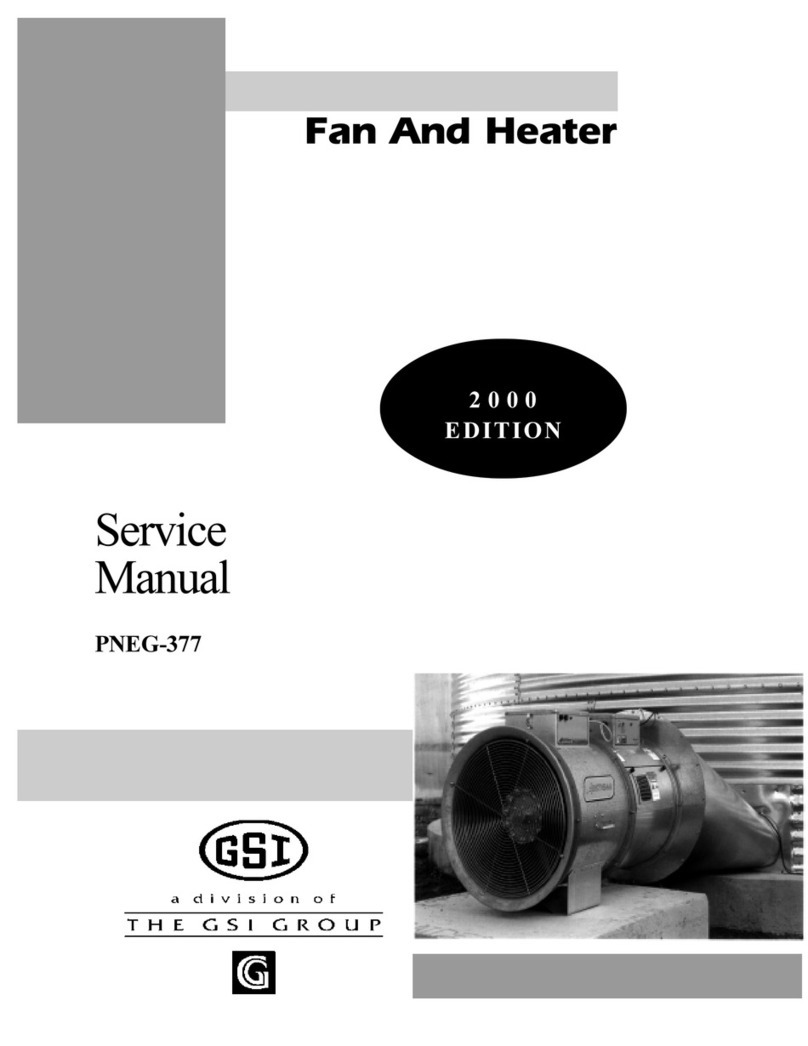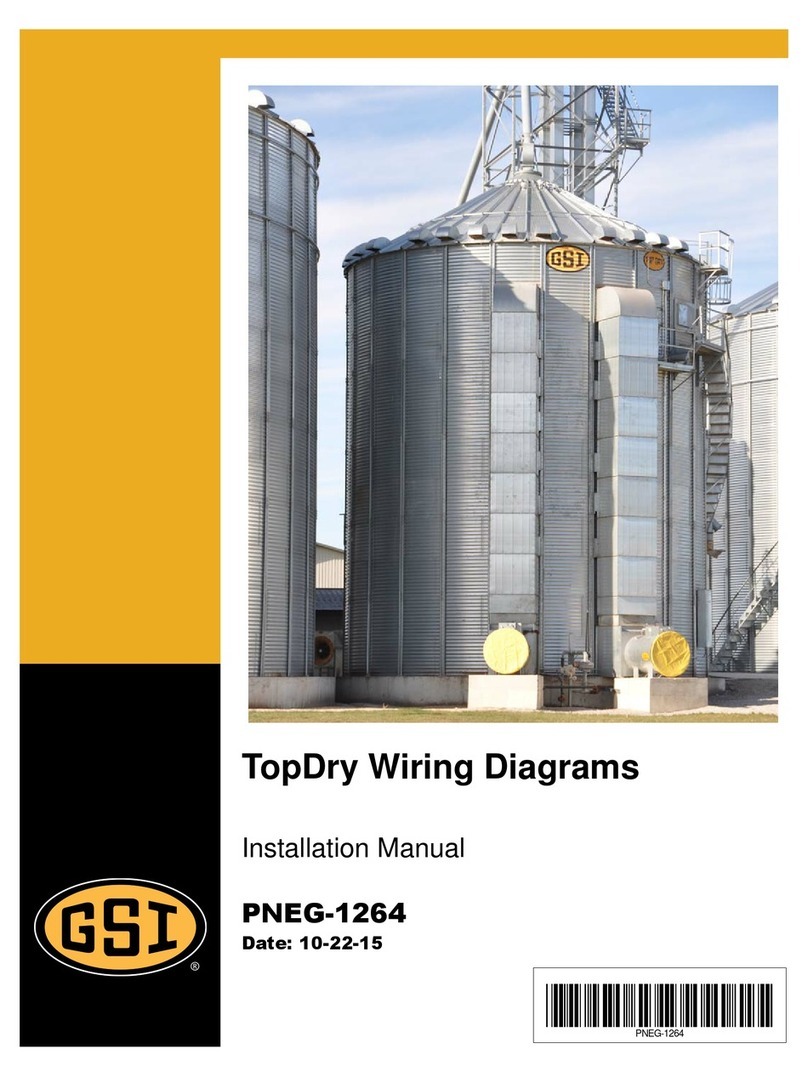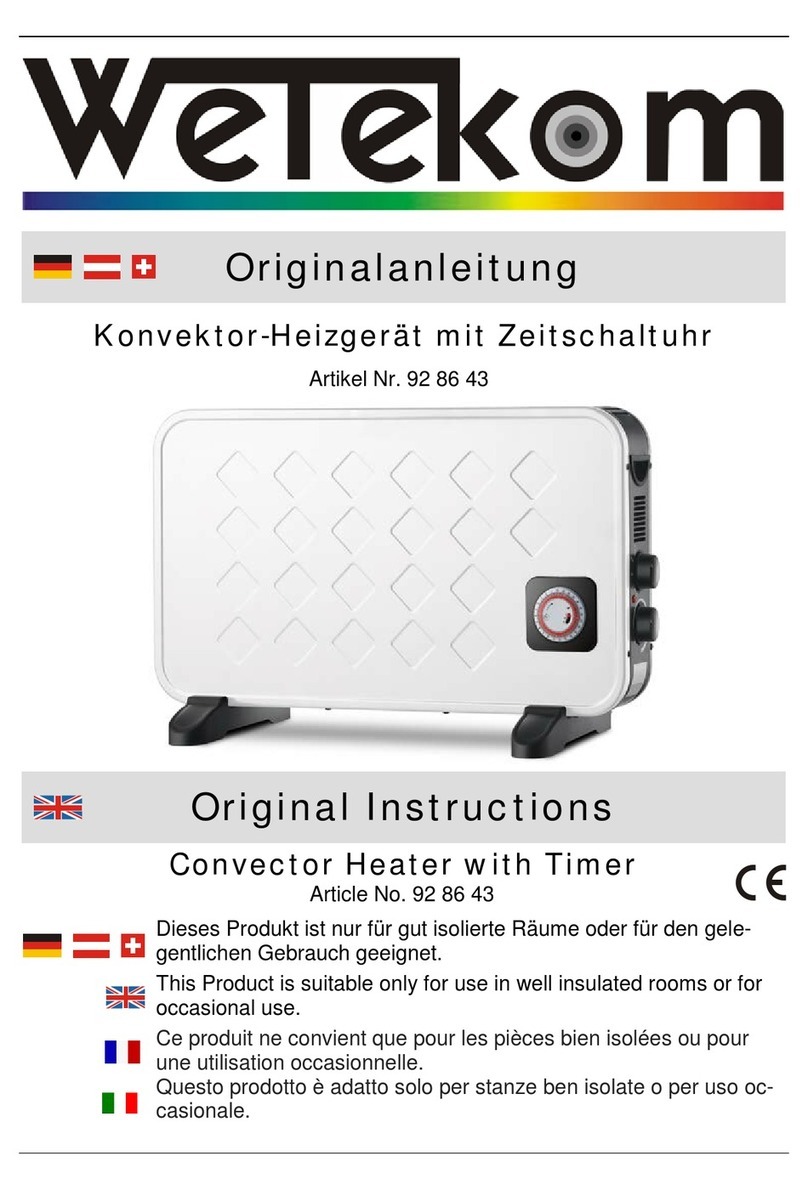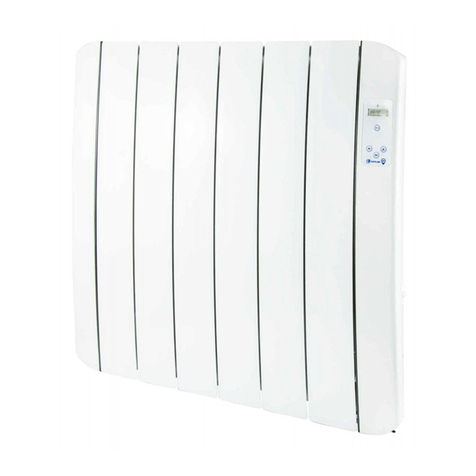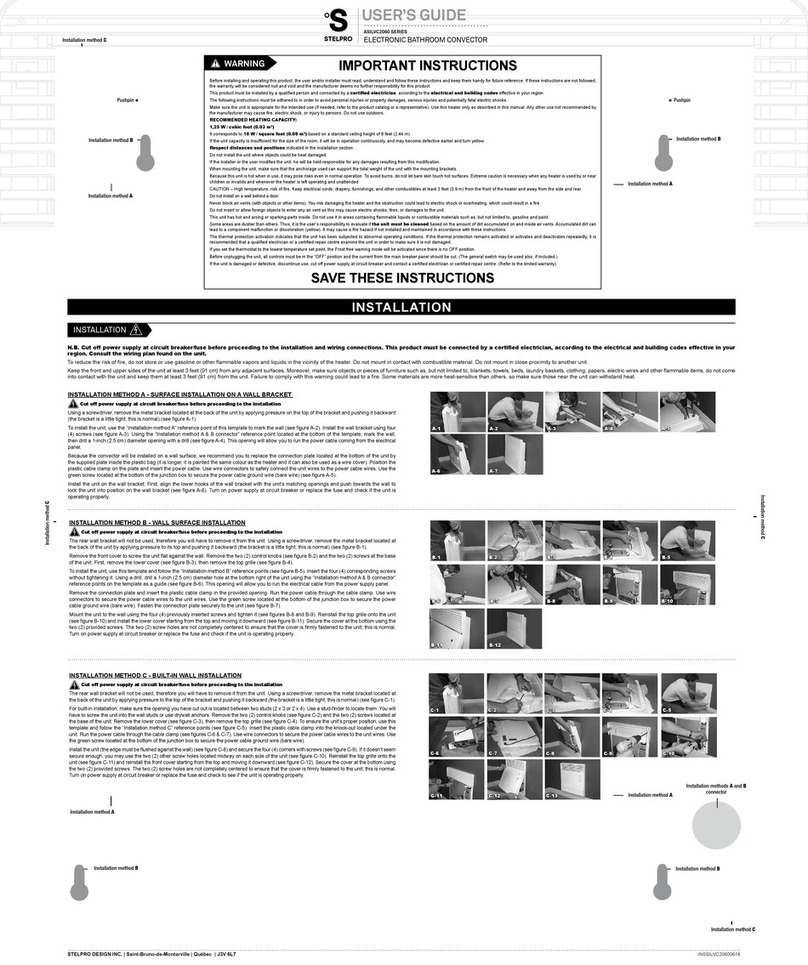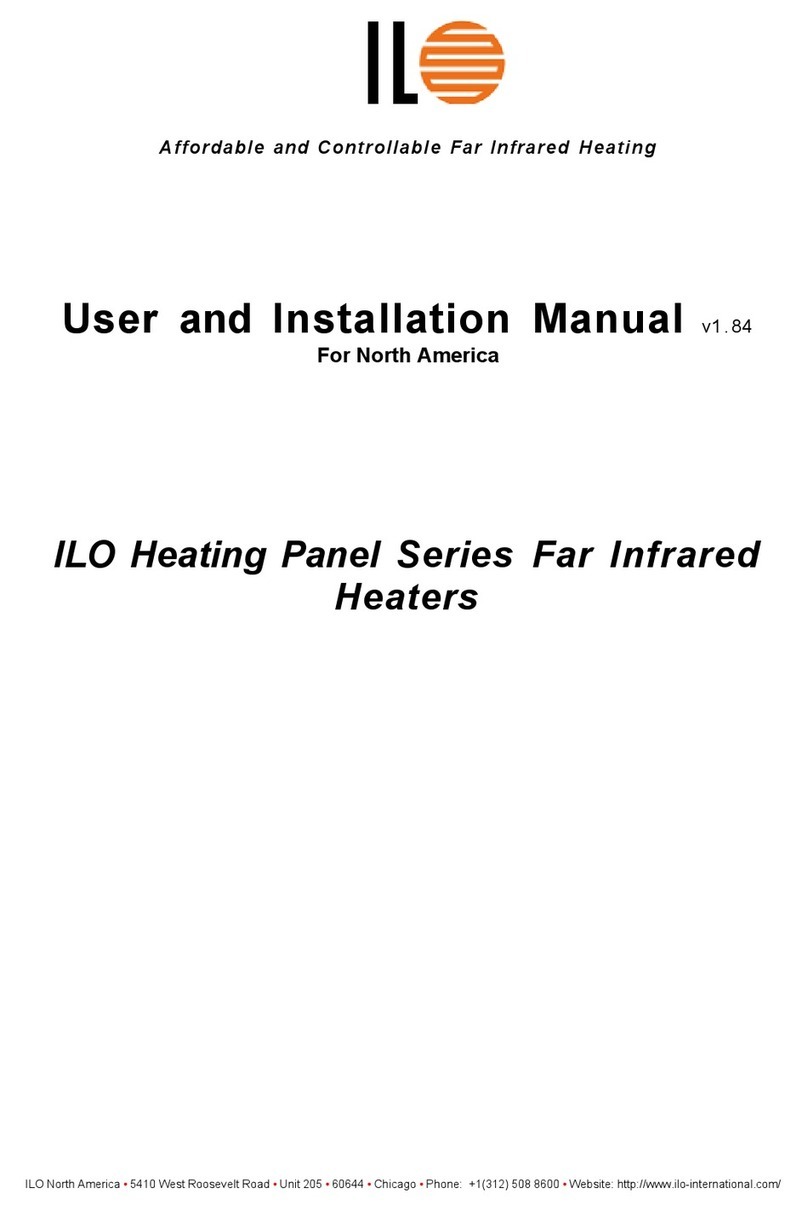
2000 Autoflow
6
1. Read and understand the operating manual before trying to operate the
dryer.
2. Power supply should be OFF for service of electrical components. Use
CAUTION in checking voltage or other procedures requiring power to
be ON.
3. Check for gas leaks at all gas pipe connections. If any leaks are de-
tected, do not operate the dryer. Shut down and repair before further
operation.
4. Never attempt to operate the dryer by jumping or otherwise bypassing
any safety devices on the unit.
5. Set pressure regulator to avoid excessive gas pressure applied to burner
during ignition and when burner is in operation. Do not exceed maxi-
mum recommended drying temperature.
6. Keep the dryer clean. Do not allow fine material to accumulate in the
plenum or drying chamber.
7. Use CAUTION in working around high speed fans, gas burners, augers
and auxiliary conveyors which START AUTOMATICALLY.
8. Donotoperateinanyareawherecombustiblematerialwillbedrawninto
the fan.
9. Beforeattempting to remove and reinstall any propellor,make certain to
read the recommended procedure listed within the servicing section of
the manual.
10. Clean grain is easier to dry. Fine material increases resistance to airflow
and requires removal of extra moisture.
Proper Use of Product
This product is intended for the use of drying small grains only.
Any other use is a misuse of the product!
This product has sharp edges! These sharp edges may cause serious
injury. To avoid injury handle sharp edges with caution and use proper
protective clothing and equipment at all times.
Guards are removed for illustration purposes only. All guards must be
in place before and during operation.
Use Caution in the
Operation of this
Equipment
The design and manufacture of this
dryer is directed toward operator
safety. However, the very nature
of a grain dryer having a gas burner,
highvoltageelectrical equipment and
high speed rotating parts, does
present a hazard to personnel, which
can not be completely safeguarded
against, without interfering with ef-
ficient operation and reasonable ac-
cess to components.
Use extreme caution in working
around high speed fans, gas-fired
heaters,augers and auxiliary convey-
ors, which may start without warn-
ing when the dryer is operating on
automatic control.
READTHESEINSTRUCTIONS
BEFOREOPERATIONAND SERVICE
SAVEFORFUTUREREFERENCE
Continued safe, dependable opera-
tion of automatic equipment de-
pends, to a great degree, upon the
owner. For a safe and dependable
dryingsystem,follow the recommen-
dationswithin thismanual, and make
it a practice to regularly inspect the
operation of the unit for any devel-
opingproblems orunsafe conditions.
Take special note of the safety pre-
cautionslisted above before attempt-
ing to operate the dryer.
KEEP THE DRYER CLEAN
DO NOT ALLOW FINE
MATERIAL TO ACCUMULATE
IN THE PLENUM CHAMBER
OR SURROUNDING THE OUT-
SIDE OF THE DRYER
SAFETY PRECAUTIONS








